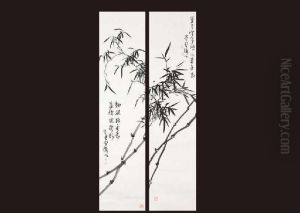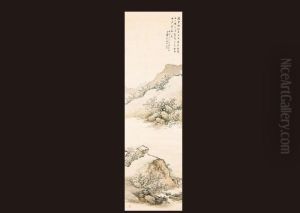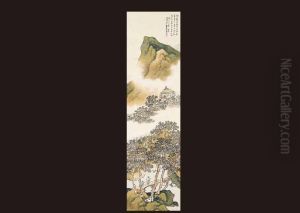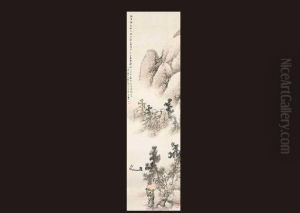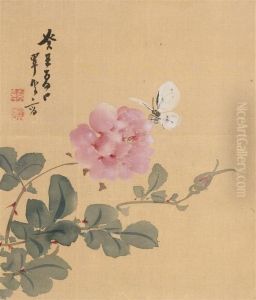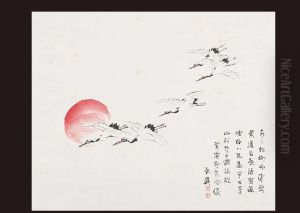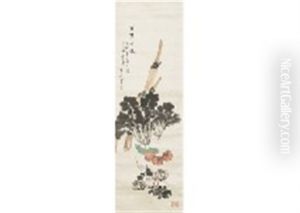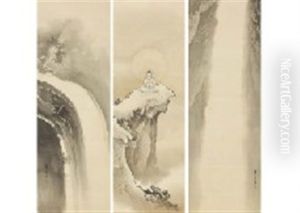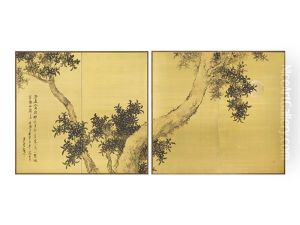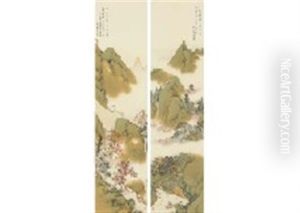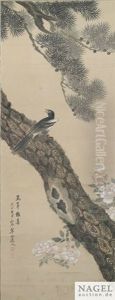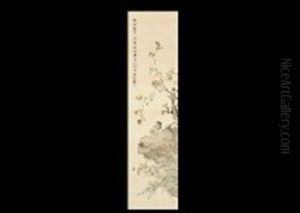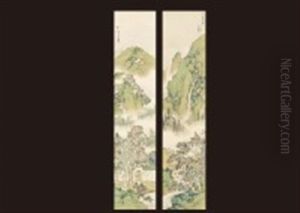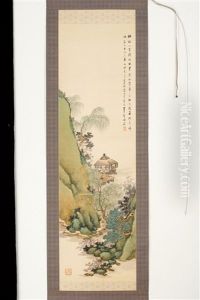Suiun Komuro Paintings
Suiun Komuro was a Japanese Nihonga painter known for his contributions to the development of modern Japanese-style painting. Born in Iwaki Province, Komuro moved to Tokyo to study under the influential artist and teacher, Hogai Kano, who was part of the Kano school of painting. After Hogai's death, Komuro continued his studies under another prominent artist, Hashimoto Gaho.
During the Meiji period, Japan was undergoing significant Western influence, and this was reflected in the arts as well. Despite the trend towards Westernization, Komuro remained dedicated to traditional Japanese techniques but was not averse to incorporating Western methods and perspectives where he saw fit, which was a hallmark of many artists in the Nihonga movement. They sought to rejuvenate traditional Japanese painting by adapting to contemporary tastes and influences.
Komuro's work was characterized by its delicate and refined style, often focusing on traditional subjects such as landscapes, flowers, and birds. He had a deep appreciation for the beauty of nature, which was a central theme in his paintings. His ability to capture the essence of his subjects with a sense of serenity and purity won him acclaim.
Komuro's contributions were recognized by the Japanese art community, and he became a member of the Imperial Art Academy, an institution established to support and promote the arts in Japan. His paintings were exhibited in multiple shows, including the prestigious Bunten, an annual art exhibition sponsored by the Japanese government.
Throughout his life, Komuro also engaged in teaching, passing on his knowledge and techniques to the next generation of Japanese artists. His dedication to the Nihonga style and his influence on younger artists helped ensure that traditional Japanese painting remained vibrant and relevant in the face of rapid modernization. Komuro Suiun passed away in 1945, leaving behind a legacy of work that continues to be appreciated for its beauty and adherence to the spirit of Japanese aesthetics.
